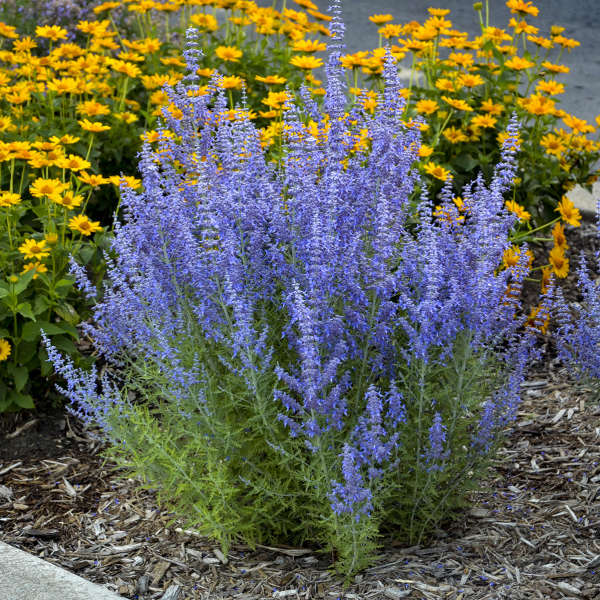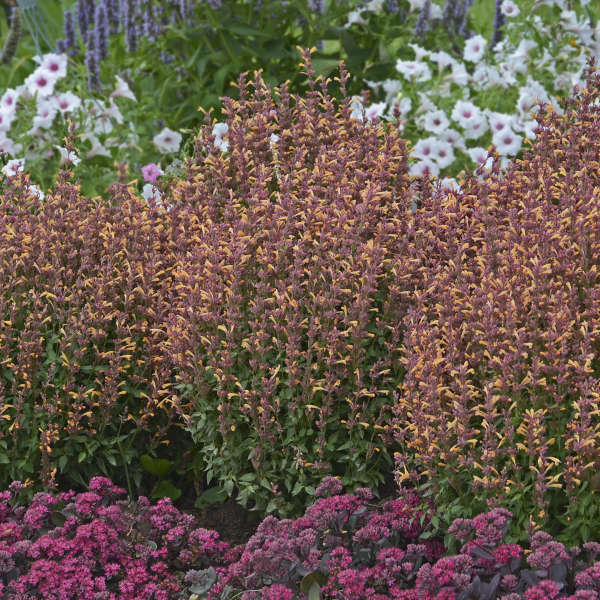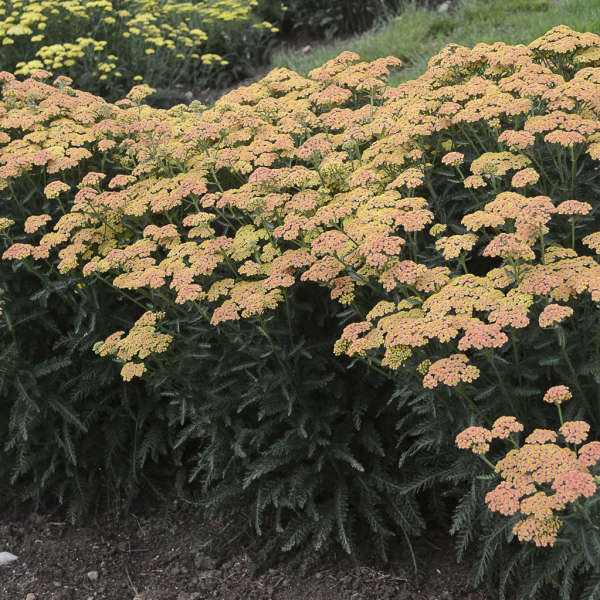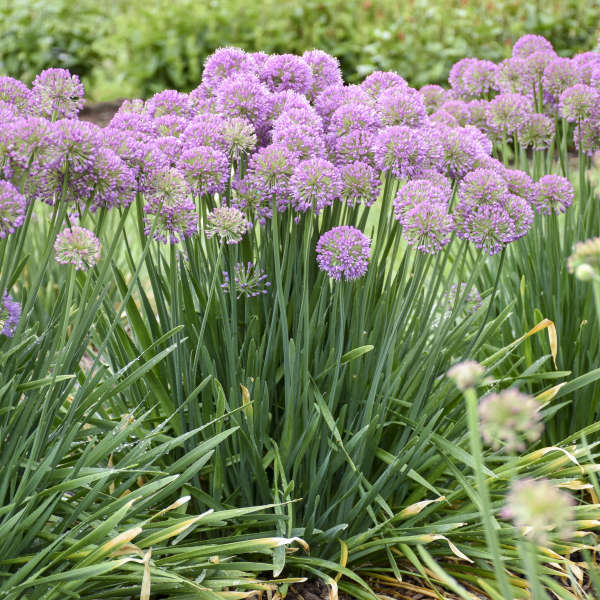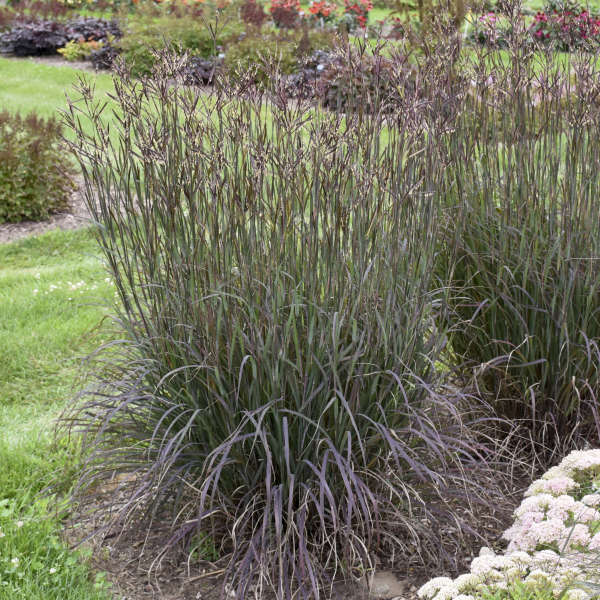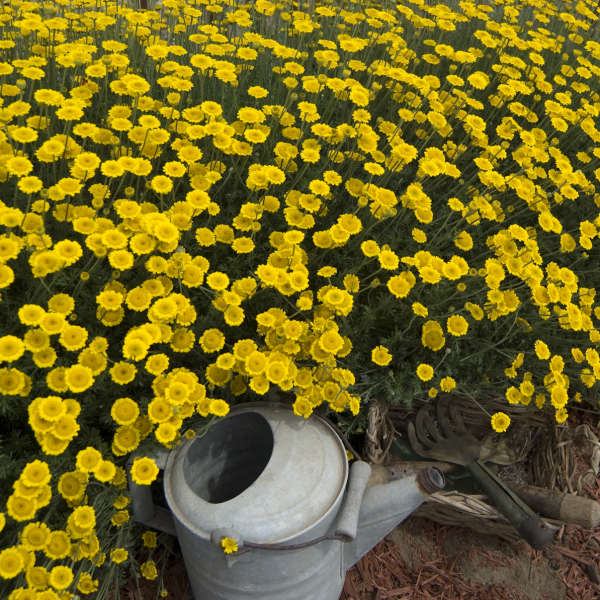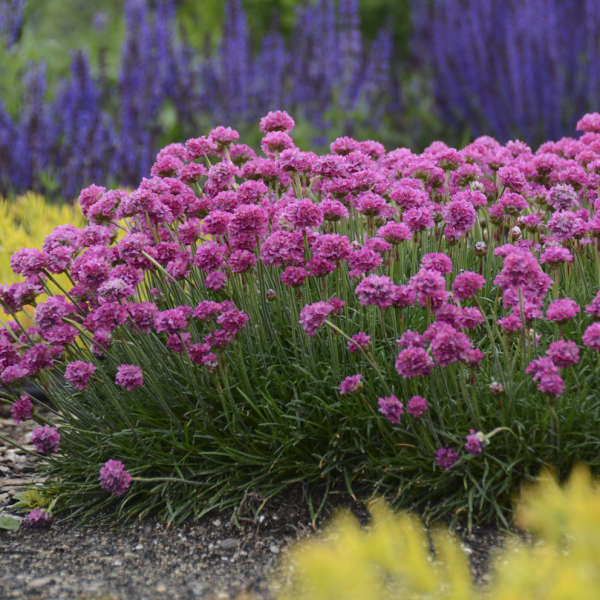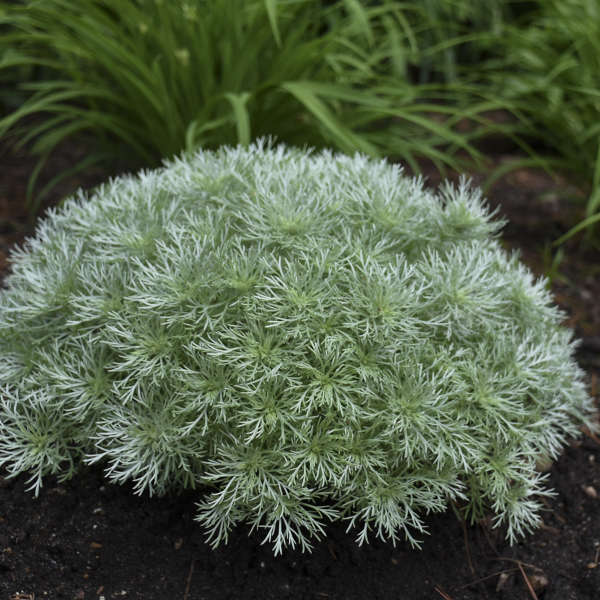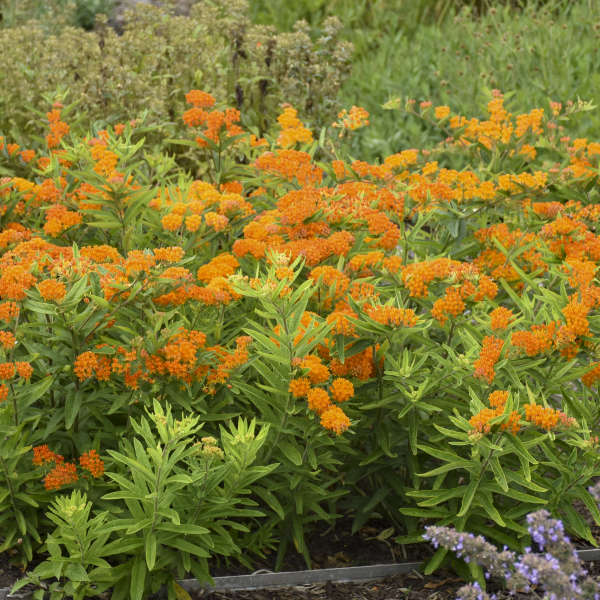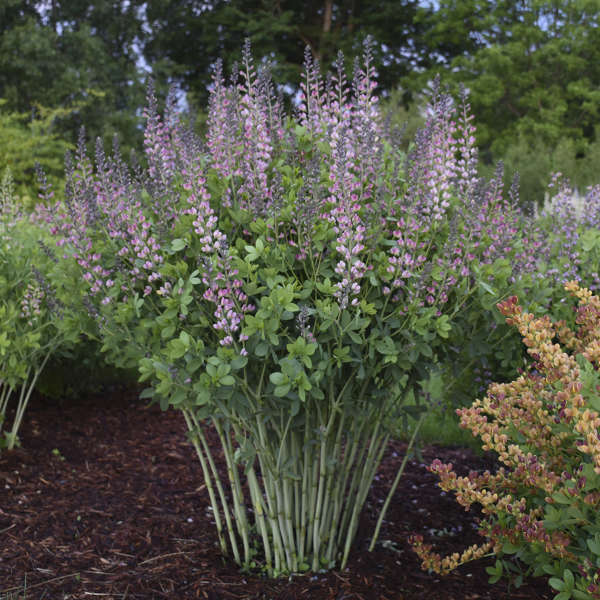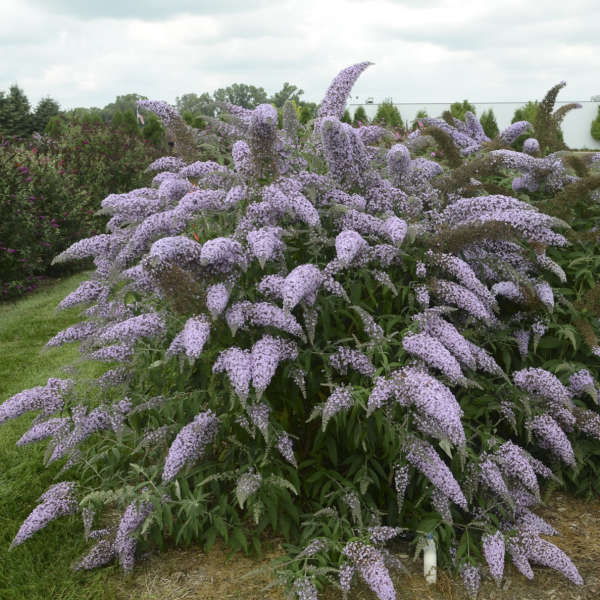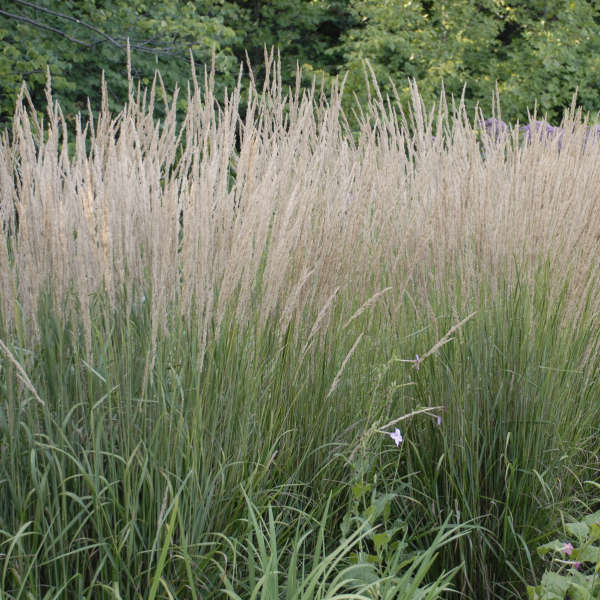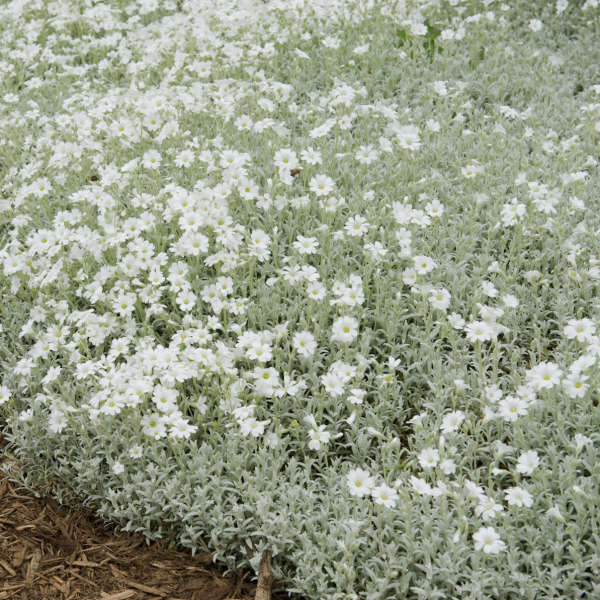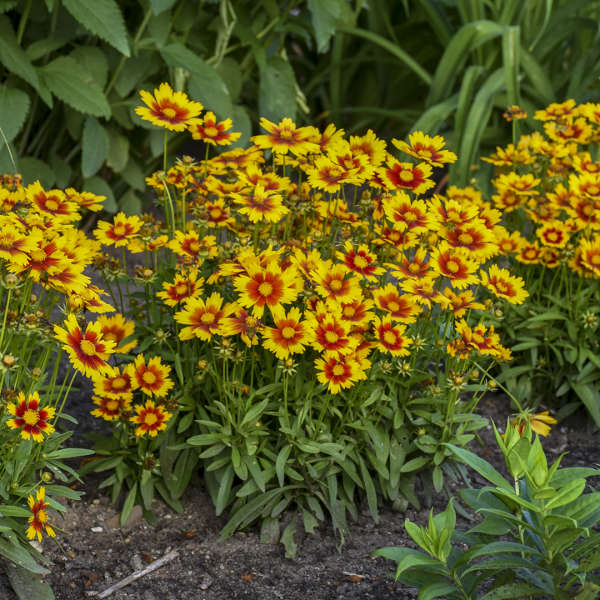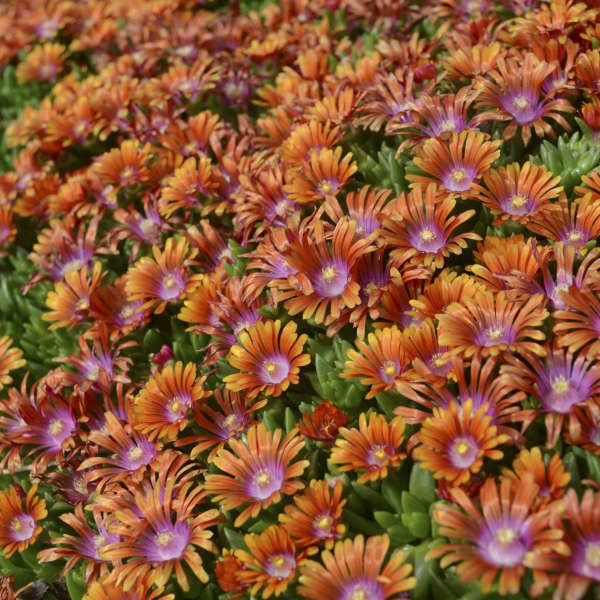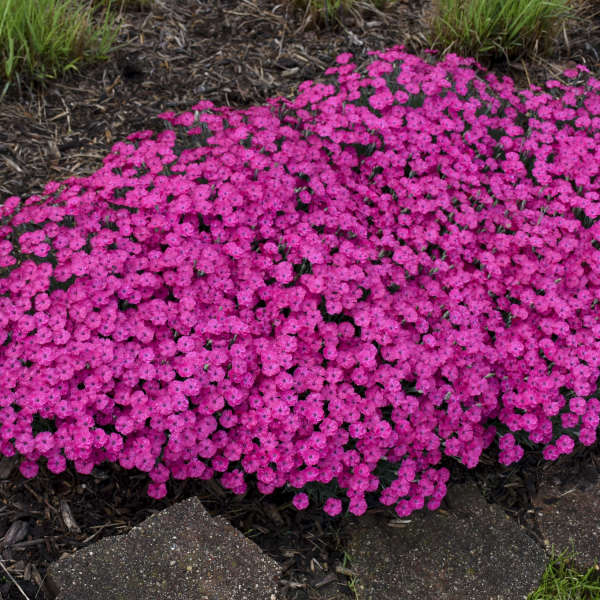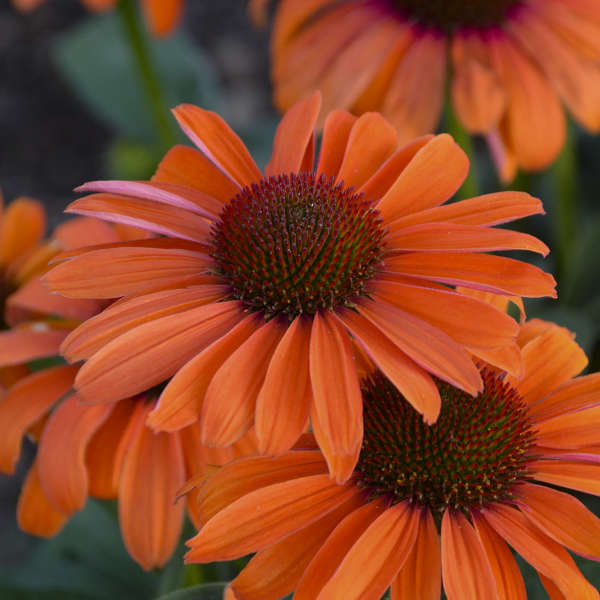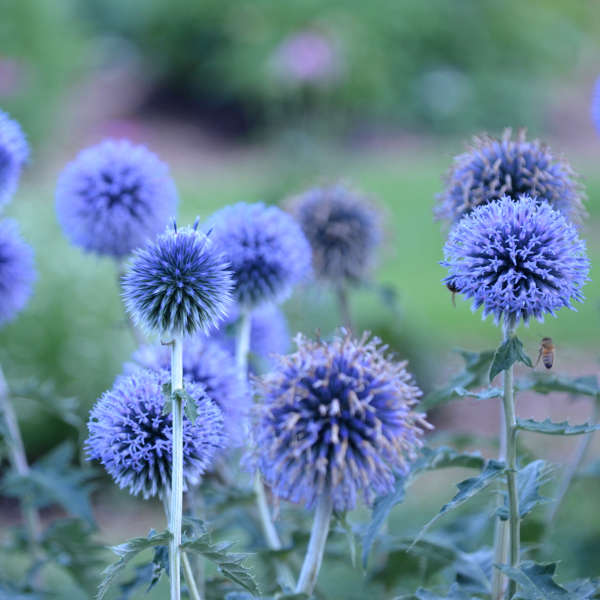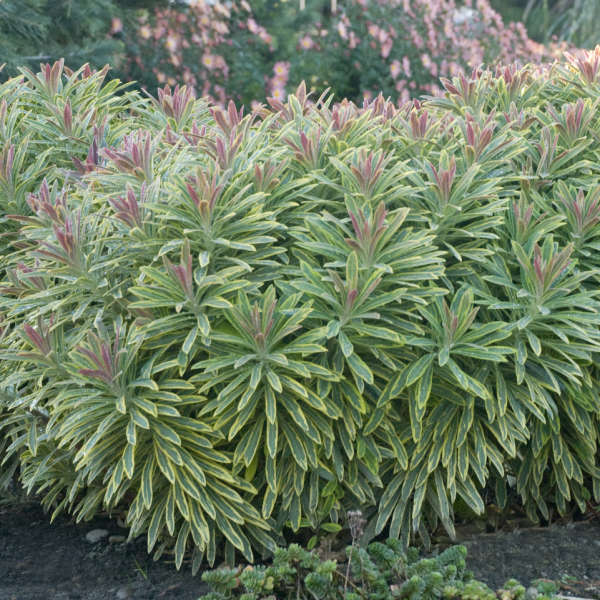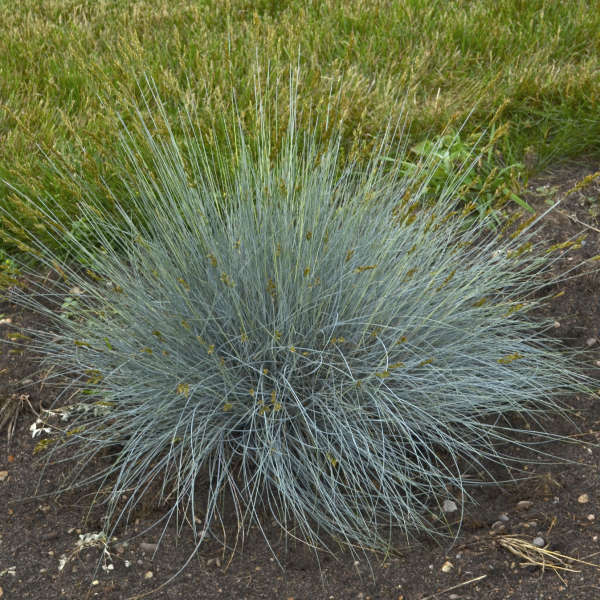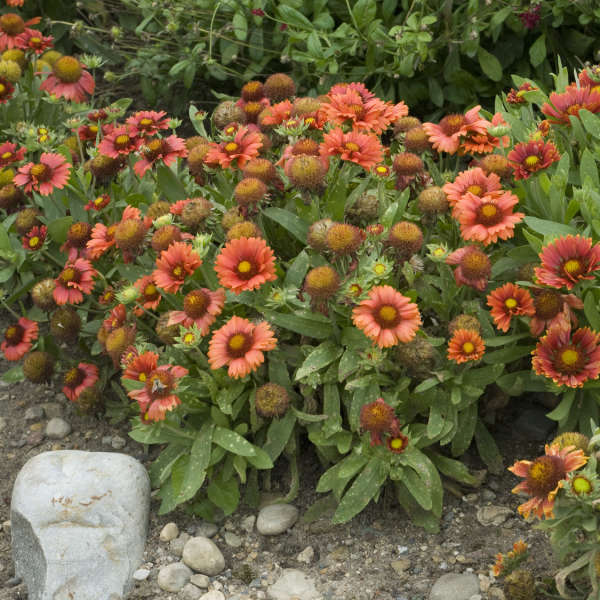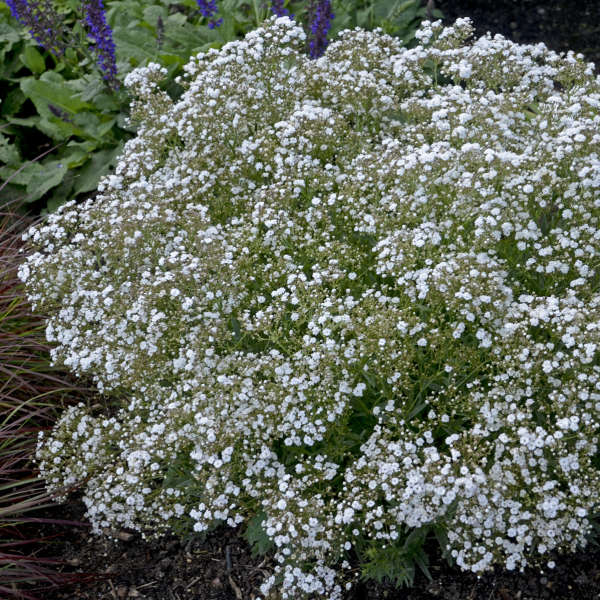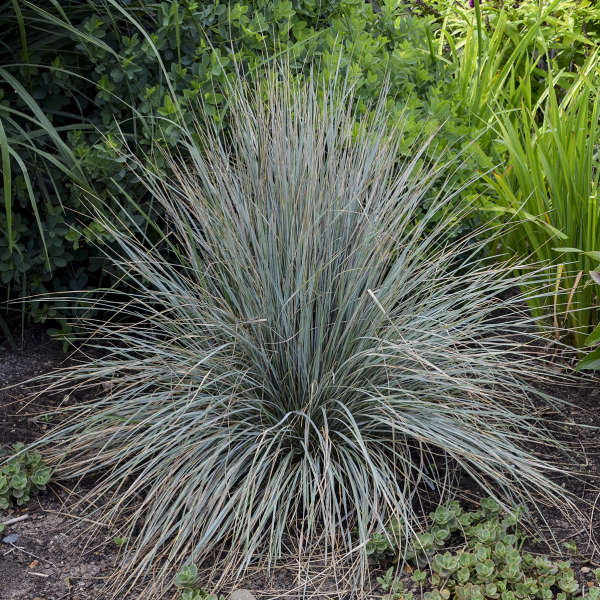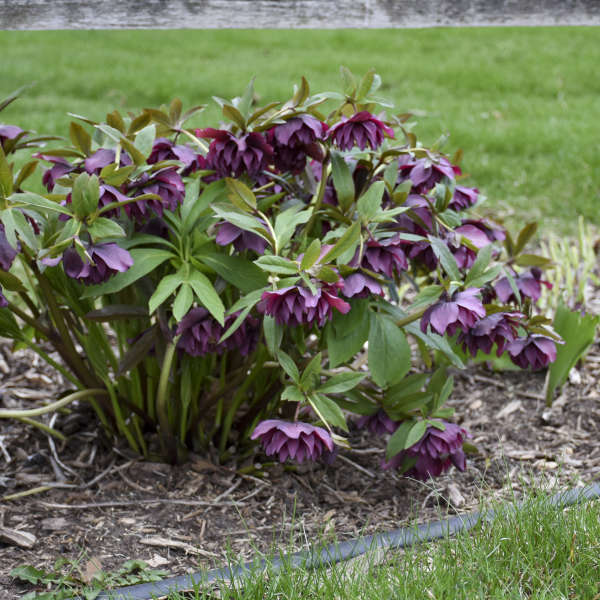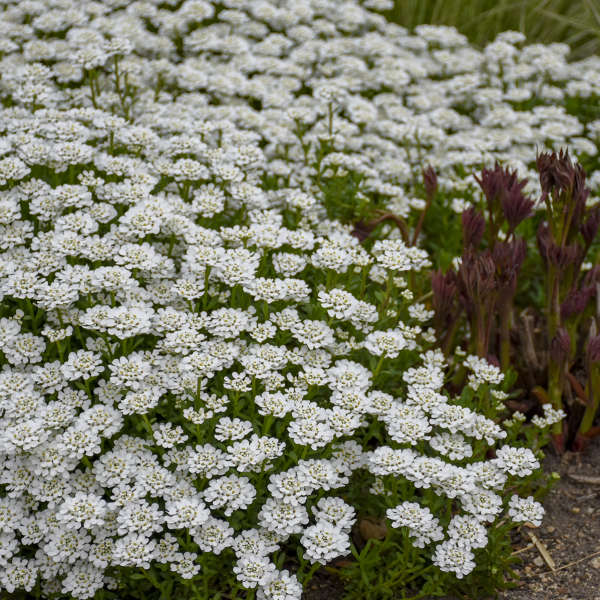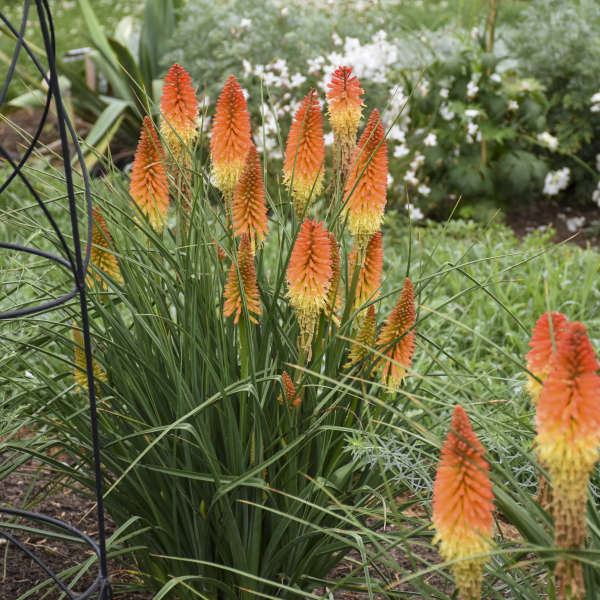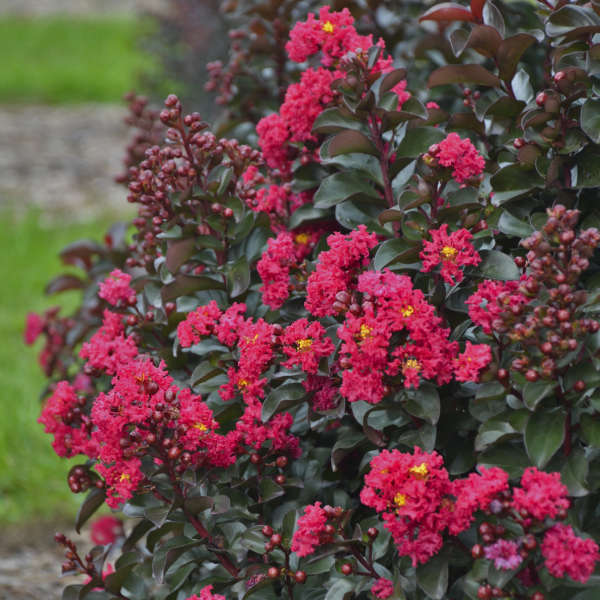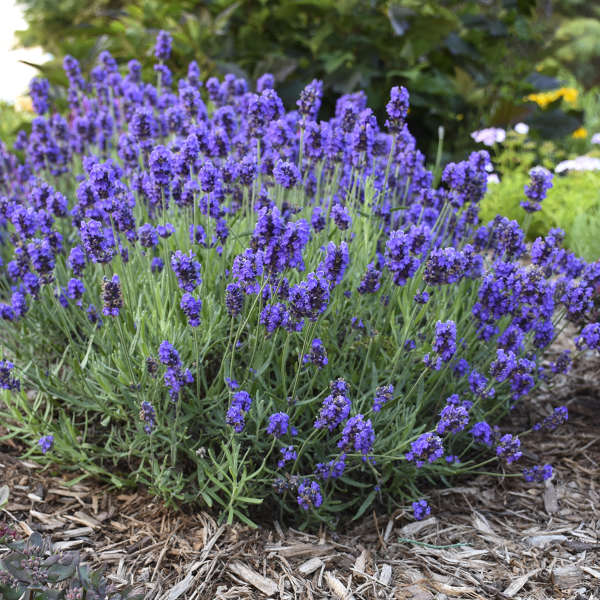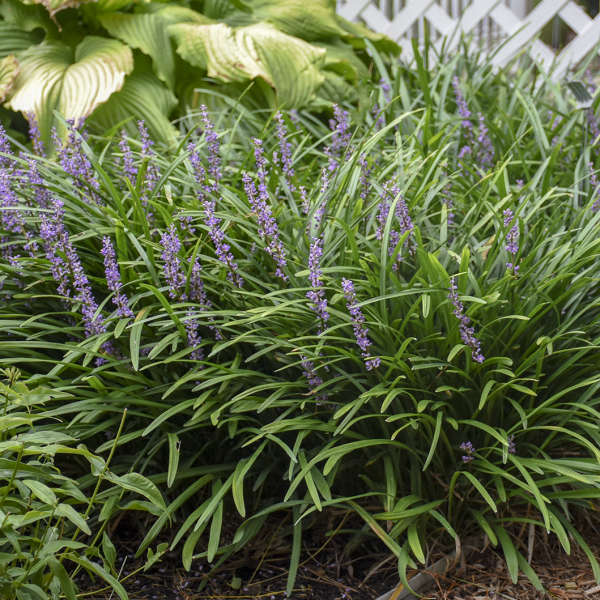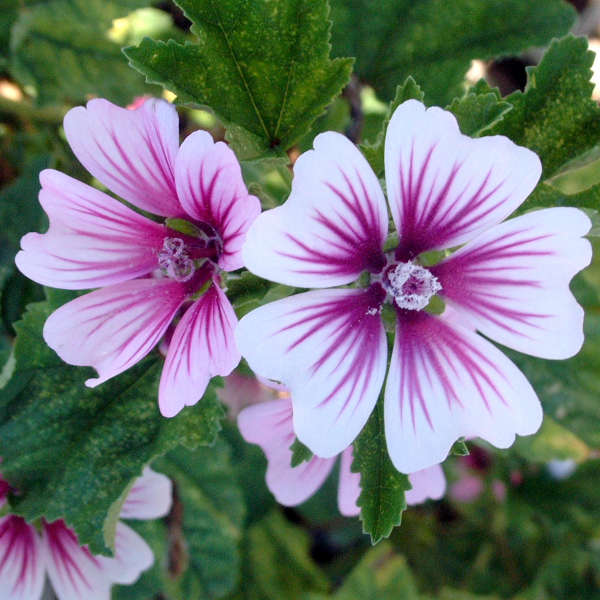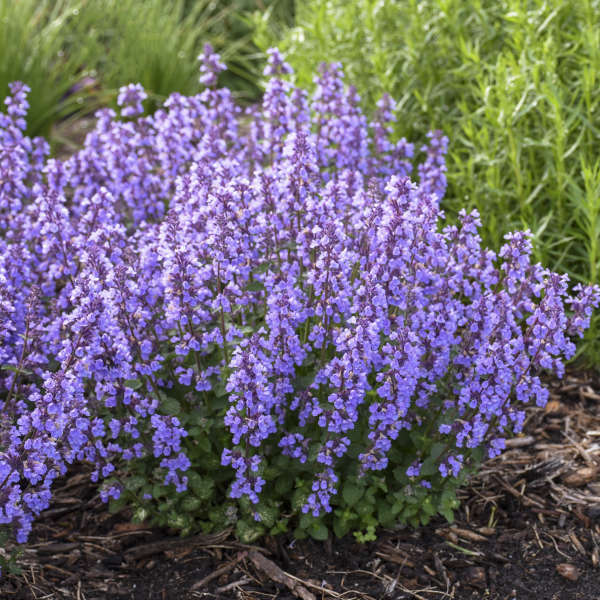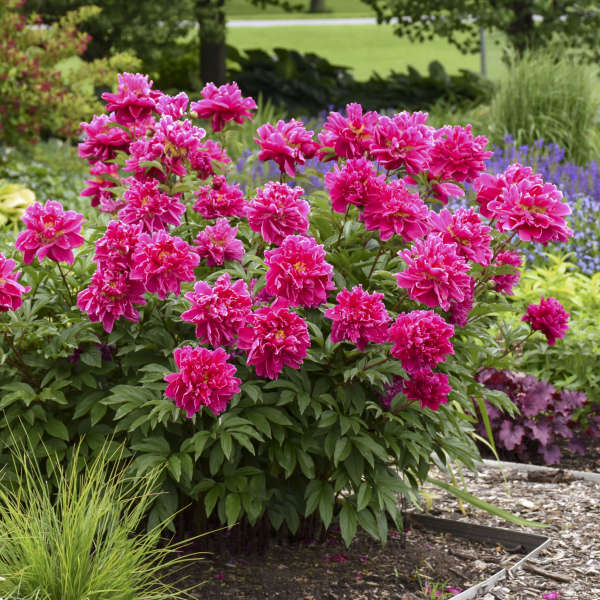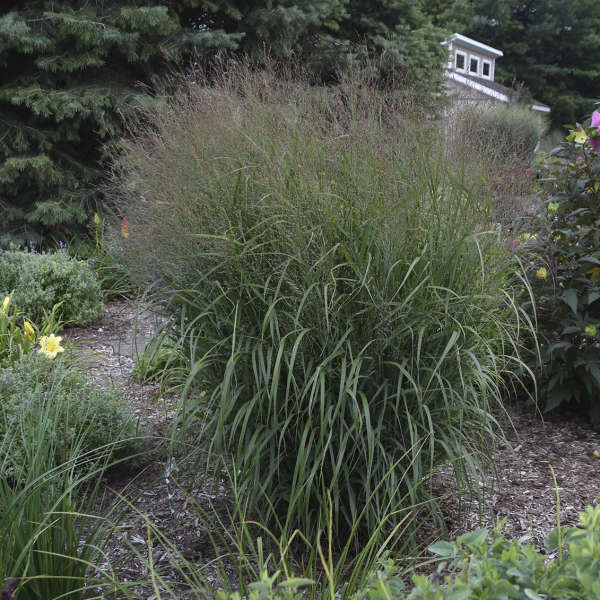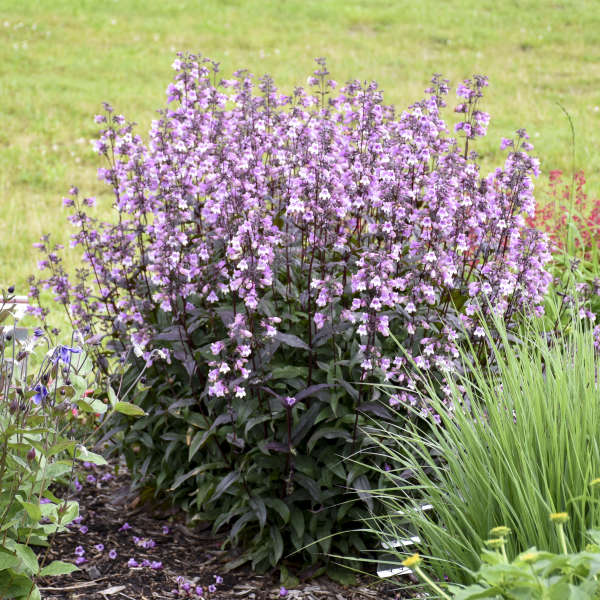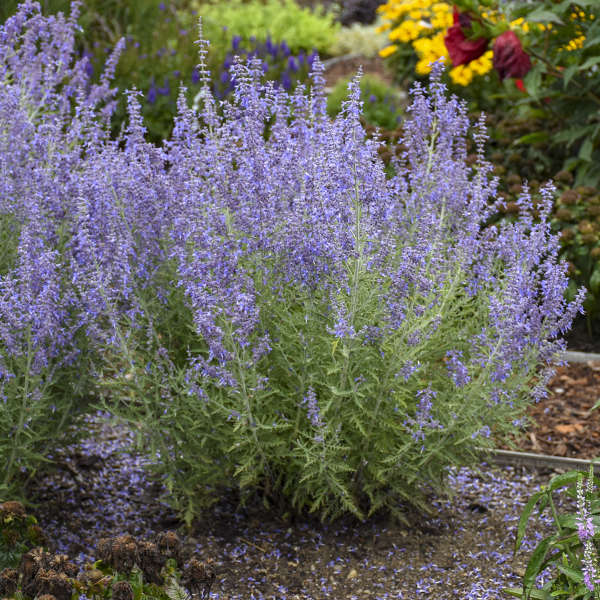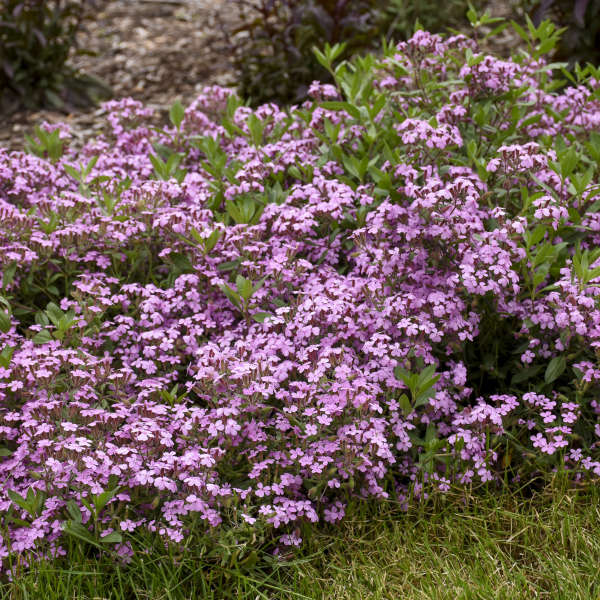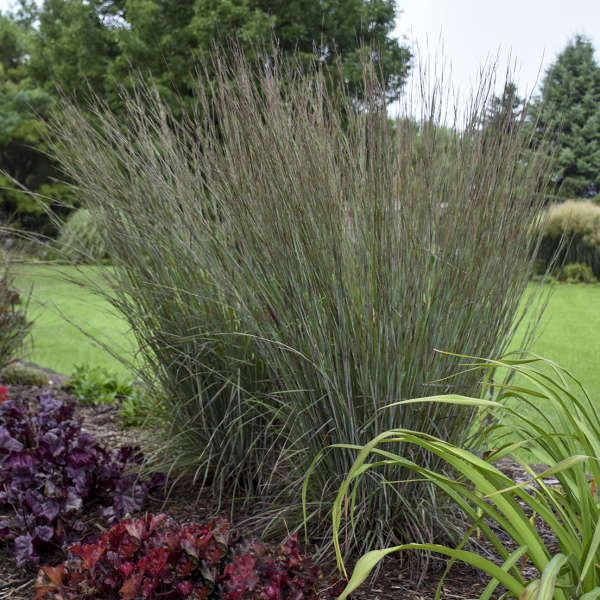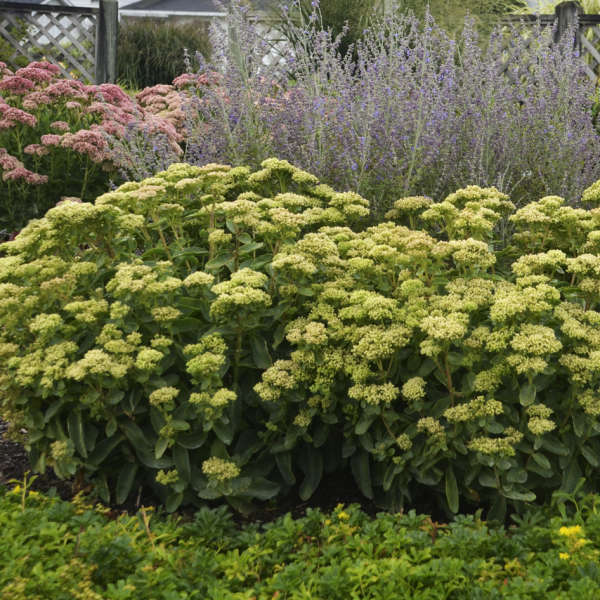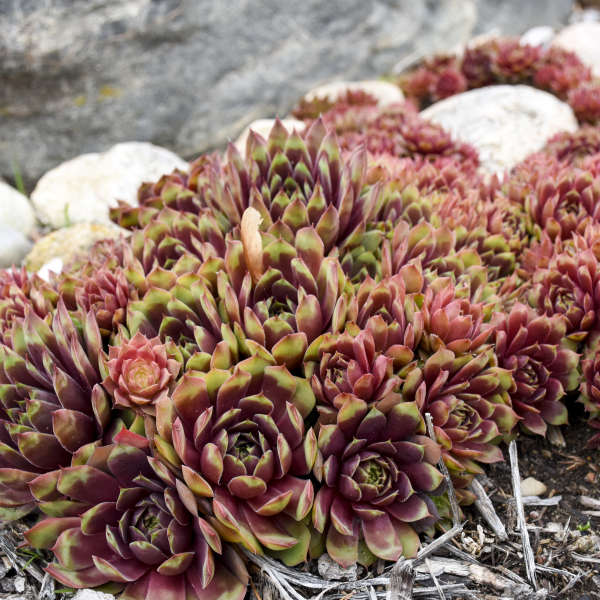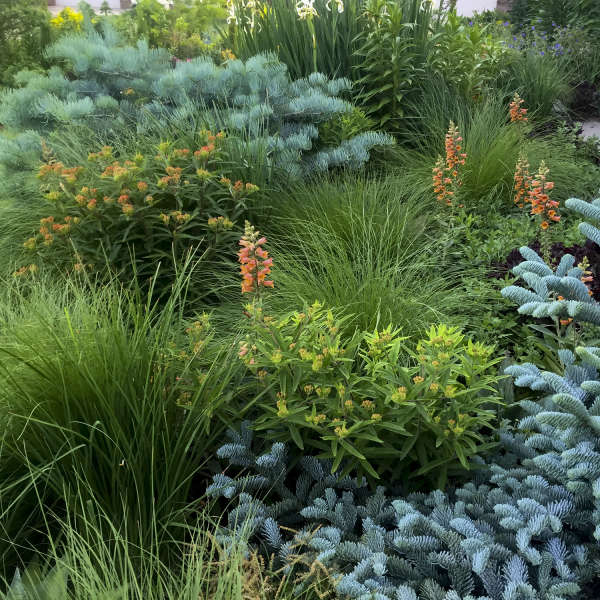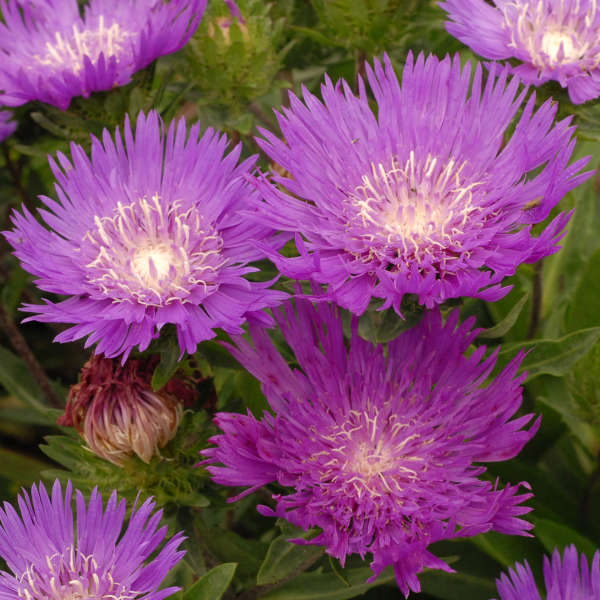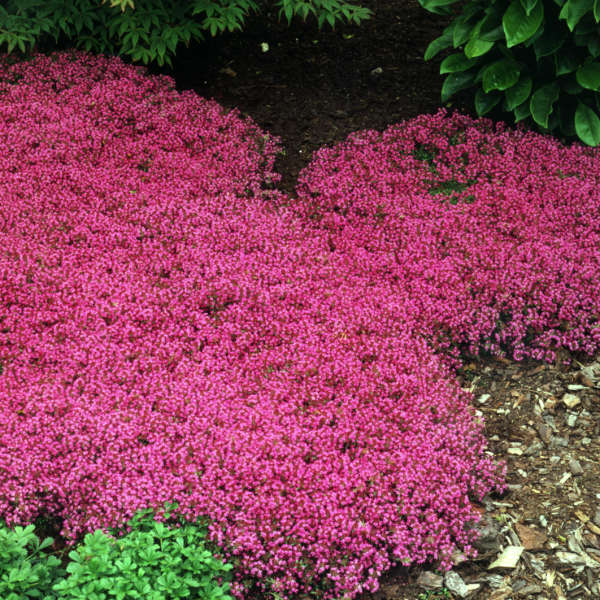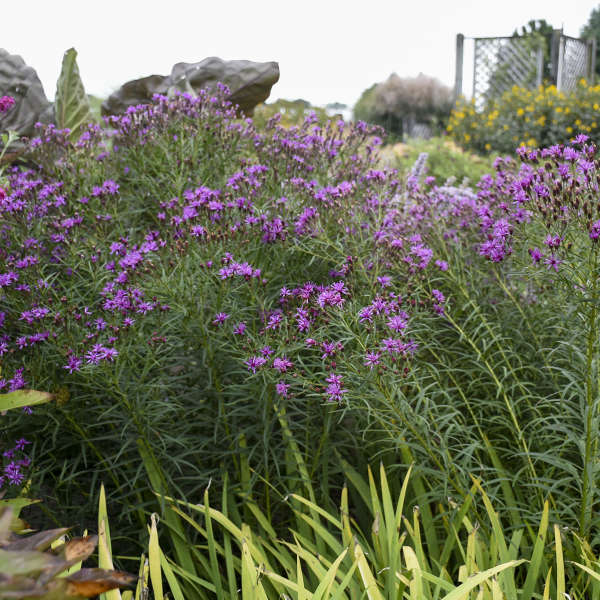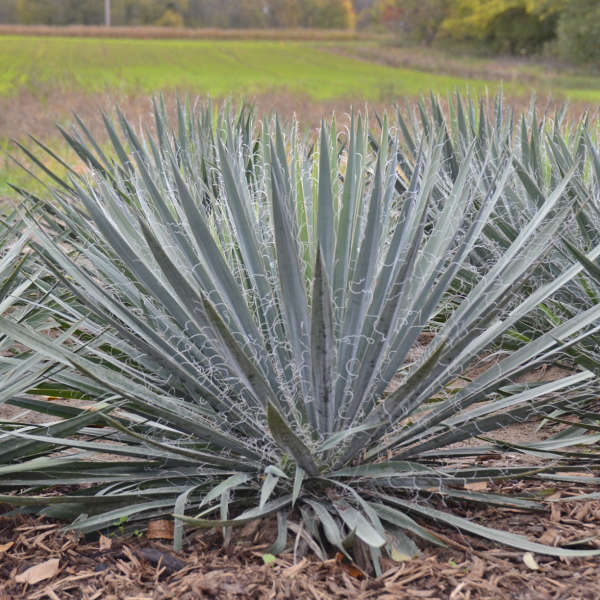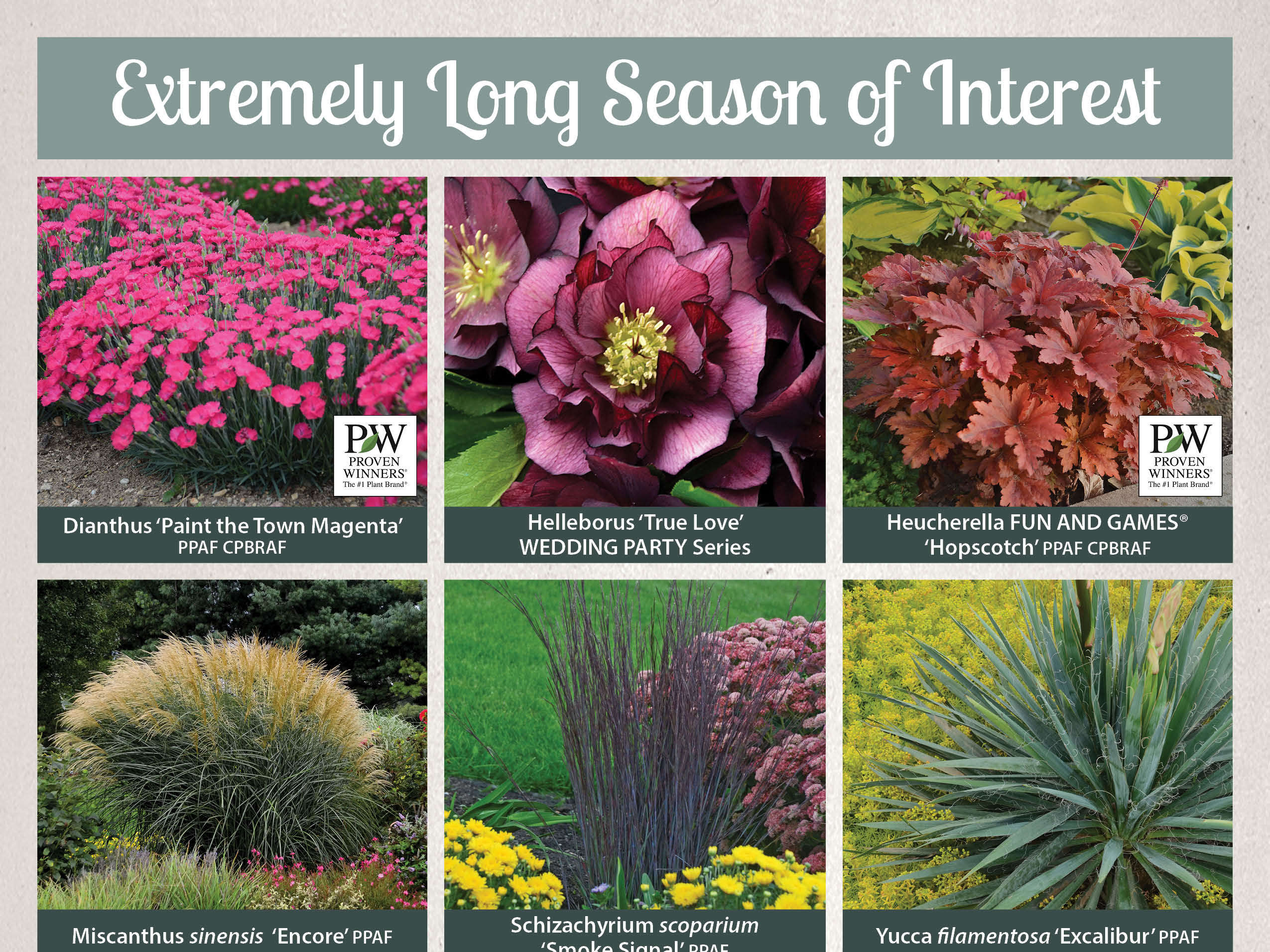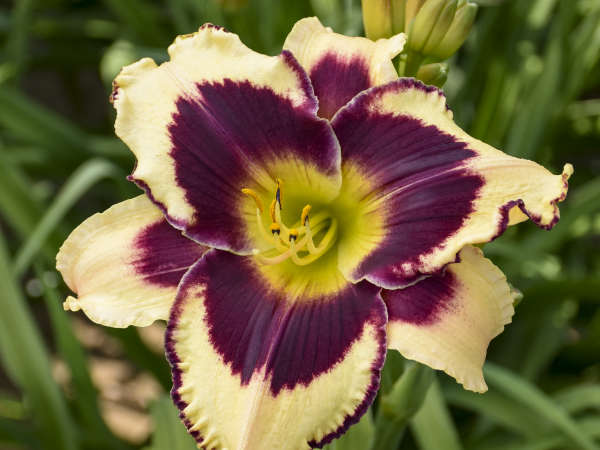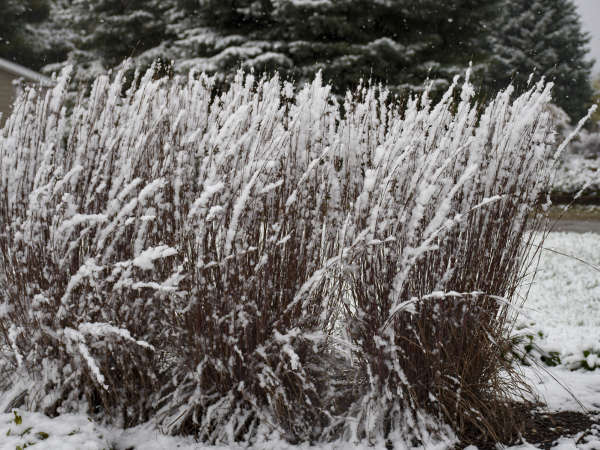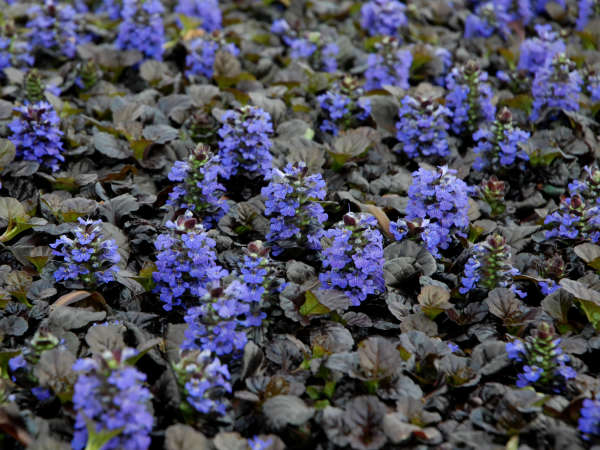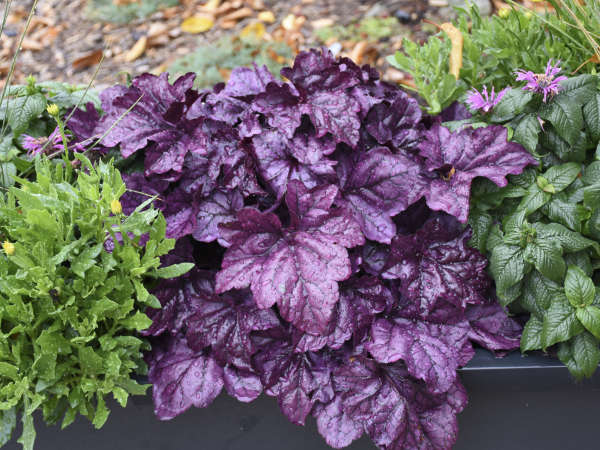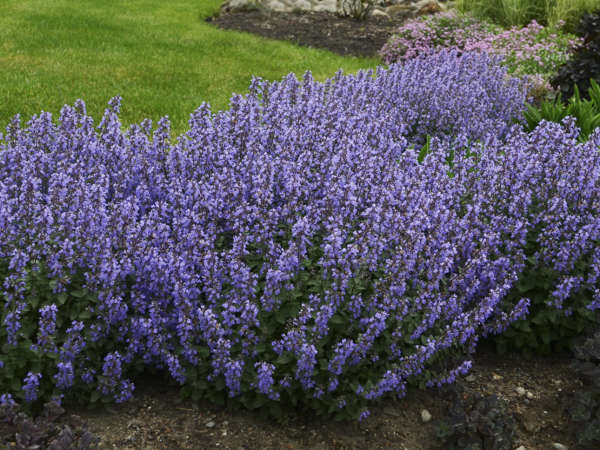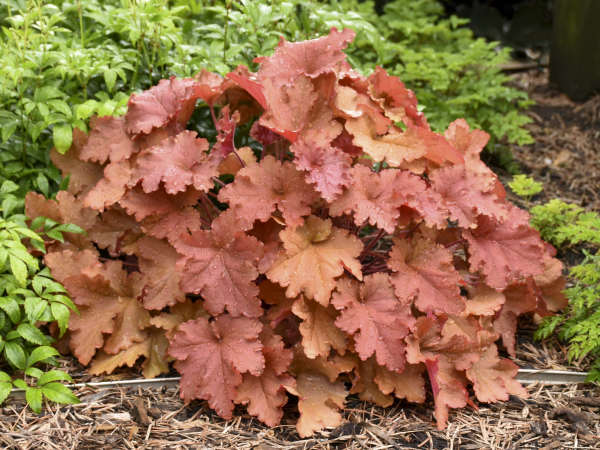Extremely Drought Tolerant Perennials
A Starter List of Plants for the Gardener Who Doesn't Like to Water
1 of 44
A very extensive list of perennials that, once established, will survive water shortages and perform nevertheless. Beat heat and drought with these survivalist perennials.
2 of 44
Agastache (Anise Hyssop)
This is one of the easiest perennials to grow; it is drought tolerant, deer resistant, and attracts butterflies and hummingbirds like crazy.
Full Sun | Zones: 6-9
Variety Pictured: Agastache 'Peachie Keen'
Learn More
3 of 44
Achillea (Yarrow)
Yarrow is one of the easiest perennials to grow and is a good choice for beginners. All it needs is full sun and well-drained soil. It thrives in average to poor soil and is drought tolerant once established. Plants grown in rich soil tend to be tall and floppy.
Full Sun | Zones: 3-8
Variety Pictured: Achillea 'Firefly Peach Sky'
Learn More

4 of 44
Allium (Ornamental Onion)
Butterflies and honeybees adore the flowers' sweet nectar but deer and rabbits steer clear of this perennial beauty.
Full to Part Sun | Zones: 4-8
Variety Pictured: Allium 'Serendipity'
Learn More

5 of 44
Andropogon (Big Bluestem)
Dubbed the “monarch of the prairie”, this native grass was once the dominant component of the American tall-grass prairie. It adapts easily to a wide range of soil and moisture conditions as long as full sun is provided. This long-lived grass has a variety of uses including screening, naturalizing, restoring prairies, and nesting materials for birds and mammals.
Full Sun | Zones: 3-9
Variety Pictured: Andropogon gerardii 'Blackhawks'
Learn More6 of 44
Anthemis tinctoria (Golden Marguerite)
Anthemis is an excellent perennial for poor soil; it may become tall and leggy if grown in rich soil. This plant is ideal for a well-drained spot in full sun. Drought tolerant once established.
Full Sun | Zones: 3-9
Variety Pictured: Anthemis tinctoria 'Charme'
Learn More7 of 44
Armeria maritima (Thrift, False Sea Pink)
As its name implies, Sea Pinks are found naturally along coastlines where few other plants can handle the high salt concentration. Inland, this attribute makes them useful for planting along sidewalks or driveways that are salted in winter. They are also good candidates for rock gardens, troughs, or between pavers.
Full to Part Sun | Zones: 3-8
Variety Pictured: Armeria maritima 'Bloodstone'
Learn More8 of 44
Artemisia schmidtiana (Silver Mound Artemisia)
An excellent choice for hot, dry sites, Artemisia should be grown in very well-drained soil and full sun. To avoid "melting out", it should be grown in poor soil and trimmed back in late spring to rejuvinate the foliage. This plant tends to open up in the center during hot summers, so it is best grown north of zone 7.
Full Sun | Zones: 3-7.
Variety Pictured: Artemisia schmidtiana 'Silver Mound'
Learn More9 of 44
Asclepias tuberosa (Butterfly Weed)
Gather bouquets of Asclepias all summer long; the long stems are wonderful for cutting and are long-lasting. Sear the ends of the cut stems over a flame to stop the milky sap from leaking out. Following the fabulous flowers, green fruits develop which rupture to reveal seeds with long, silvery-white, silky hairs reminiscent of its cousin, common milkweed. These are great to use in dried flower arrangements.
Full Sun | Zones: 3-9
Variety Pictured: Asclepias tuberosa
Learn More10 of 44
Baptisia (False Indigo)
Baptisia is easy to grow and will thrive with little maintenance. There are many potential applications in the landscape including meadow plantings, as a backdrop in borders, or as a specimen. Plants are very long-lived once established.
Full to Part Sun | Zones: 4-9
Variety Pictured: Baptisia DECADENCE® DELUXE 'Pink Truffles'
Learn More

11 of 44
Buddleia (Butterfly Bush)
Butterfly Bushes have certainly earned their place in the garden over the years, and its easy to see why. Just when we need a breath of fresh air in the late summer heat, they happily burst into bloom. At a time when many other plants are already spent, Buddleia are just beginning their show. Their passive coloring and texture makes a wonderful backdrop for perennials, and you'll love the butterflies, bees, and hummingbirds that flock to their honey-scented blossoms.
Full Sun | Zones: 5-10
Variety Pictured: Buddleia 'Grand Cascade'
Learn More
12 of 44
Calamagrostis acutiflora (Feather Reed Grass)
Calamagrostis acutfilora provides a great backdrop for lower growing, flowering perennials throughout the year. It is also useful for screening purposes and will not reseed. A good choice for heavy clay soils.
Full Sun | Zones: 4-8.
Variety Pictured: Calamagrostis acutiflora 'Karl Foerster'
Learn More13 of 44
Cerastium tomentosum (Snow in Summer)
The woolly texture of the leaves are a natural deterrent to unwanted critters.
Full Sun | Zones: 3-7
Variety Pictured: Cerastium tomentosum 'Yo Yo'
Learn More14 of 44
Coreopsis (Tickseed)
Coreopsis is easy to grow, thriving in any well-drained soil and full sun. Once established, it is rather drought tolerant.
Full Sun | Zones: (4)5-9
Variety Pictured: Coreopsis UPTICK™ Gold & Bronze
Learn More15 of 44
Delosperma (Hardy Ice Plant)
Delospermas are highly heat and drought tolerant, making it a good choice for waterwise landscapes. It thrives in rock gardens, on slopes, in containers, and in the landscape.
Full Sun | Zones: 5-9
Variety Pictured: Delosperma Fire Spinner®
Learn More16 of 44
Dianthus (Pinks)
Dianthus can be grown in full sun or part shade, but the foliage will not be as lush and fewer flowers will be produced if it is grown in hot, dry areas. Regular watering during prolonged dry spells will be necessary. However, they are tolerant of short periods of dryness.
Full Sun | Zones: 4-9
Variety Pictured: Dianthus 'Paint the Town Magenta'
Learn More

17 of 44
Echinacea (Coneflower)
Praised for their cheerful brightly colored flowers, coneflowers are a mainstay in today's garden. Be sure to leave some spent blooms on the plants in the fall because their seeds provide winter food for finches and other birds. The dried seed heads also provide architectural interest in the winter.
Full to Part Sun | Zones: 4-9
Variety Pictured: Echinacea COLOR CODED™ 'Orange You Awesome'
Learn More

18 of 44
Echinops bannaticus (Globe Thistle)
These distinctive flowers rise above the showy silvery green foliage. Though they look prickly, they are not as rough to the touch as you might expect. Echinops makes a great cut flower or dried everlasting. They add a unique element to any arrangement and are becoming more popular with florists every year.
Full to Part Sun | Zones: 3-8
Variety Pictured: Echinops bannaticus 'Blue Glow'
Learn More19 of 44
Euphorbia (Cushion Spurge)
Cushion Spurge gets its name from its cushion-like, perfectly dome-shaped habit. In late spring, the pale green leaves are topped with chrome-yellow bracts that shine brightly in the garden. If sited correctly, the leaves will turn red in the fall. A good selection for northern gardens and it is extremely drought tolerant.
Full to Part Sun | Zones: 5-9
Variety Pictured: Euphorbia x martinii 'Ascot Rainbow'
Learn More20 of 44
Festuca glauca (Blue Fescue)
When it comes to ornamental grasses, Blue Fescue has long been a popular choice due to its diminutive size and interesting texture.
Full Sun | Zones: 4-8
Variety Pictured: Festuca glauca 'Blue Whiskers'
Learn More
21 of 44
Gaillardia (Blanket Flower)
These perennials require little care once established. They are heat tolerant and actually prefer to be grown in poorer soils. They get their name from the manner in which they used to blanket North American prairies with their blooms. They can still be found in fields and along roadsides in the prairie region and into the Rockies.
Full Sun | Zones: 3-10
Variety Pictured: Gaillardia aristata 'Arizona Red Shades'
Learn More22 of 44
Gypsophila paniculata (Baby's Breath)
Baby's Breath has long been valued as a filler plant in perennial border gardens and also as a long-lasting cut flower. It makes the perfect cover up for dying bulb foliage or for perennials, such as poppies or bleeding hearts, that go dormant in summer. Baby's Breath also makes an excellent dried flower.
Full Sun | Zones: 3-9
Variety Pictured: Gypsophila paniculata Festival Star®
Learn More
23 of 44
Helictotrichon sempervirens (Blue Oat Grass)
Blue Oat grass looks like a miniature water fountain, with its densely packed leaves gently spraying upward and arching back downward at the tips. This species displays spiky, blue-gray foliage that will draw your attention all season long. Blue Oat Grass adds a wonderful coarse element to rock gardens, coastal gardens, or dry hillsides.
Full Sun | Zones: 3-8
Variety Pictured: Helictotrichon sempervirens
Learn More24 of 44
Helleborus (Lenton Rose)
Hellebores are the harbingers of spring, blooming for six weeks or more beginning in late winter. This is the perfect plant for naturalizing in moist, woodland areas where its extensive root system will spread as far as it is allowed.
Part to Full Shade | Zones: 4-9
Variety Pictured: Helleborus WEDDING PARTY® 'True Love'
Learn More
25 of 44
Iberis sempervirens (Evergreen Candytuft)
An old-time favorite, Candytuft is a charming plant for perennial gardens. Because of its drought tolerance, it makes a great filler for crevices in walls or between the stones of walkways. It is also effective as edging or groundcover.
Full Sun | Zones: 3-9
Variety Pictured: Iberis sempervirens 'Alexander's White'
Learn More26 of 44
Kniphofia (Red Hot Poker)
Kniphofia is a sun lover that likes it hot and dry, though a good supply of water is appreciated when blooming. It can be grown in any well-drained soil.
Full Sun | Zones: (5)6-9
Variety Pictured: Kniphofia PYROMANIA™ 'Backdraft'
Learn More

27 of 44
Lagerstroemia (Crapemyrtle)
Crapemyrtle have long been a popular flowering shrub in the south, and it's time that these beautiful flowering shrubs made a splash in the Northern market! The hybridizing team at Walters Gardens, Inc. has worked hard toward selections that perform well in our West Michigan climate, overwintering for the last three years (including a zone 6 winter).
Full Sun | Zones: 6-9
Variety Pictured: Lagerstroemia BARISTA® 'Cherry Mocha'
Learn More
28 of 44
Lavandula (Lavender)
Lavender has been grown for centuries for its intensely fragrant flowers and beautiful appearance. It is a staple item of every sunny garden, and its dried flowers are widely used in potpourris and arrangements.
Full Sun | Zones: 5-9
Variety Pictured: Lavandula angustifolia Sweet Romance®
Learn More
29 of 44
Liriope muscari (Big Lily-turf)
A grass-like plant that blooms! Lirope is a unique, evergreen grassy perennial with wide, dark green, strappy leaves and a fountain-like habit. Delightful, lilac-purple flowers resembling grape hyacinths are displayed above the foliage in late summer.
Full Sun to Full Shade | Zones: 5-10
Variety Pictured: Liriope muscari 'Big Blue'
Learn More30 of 44
Malva sylvestris (Hollyhock Mallow)
Heat and drought are not a problem for this perennial. Though it is sometimes short-lived, Malva will self-seed readily assuring years of blooms. Zones: 4-8.
Variety Pictured: Malva sylvestris 'Zebrina'
Learn More31 of 44
Nepeta faassenii (Catmint)
Nepetas are easy to grow perennials that provide a beautiful show of color all summer long. They prefer to be planted in full sun and ordinary, well-drained soil. When Nepeta's stems are broken, they release an aroma into the air that tends to attract cats, thus its common name, Catmint.
Full Sun | Zones: 3-8
Variety Pictured: Nepeta 'Cat's Pajamas'
Learn More

32 of 44
Paeonia (Peony)
Peonies are classic garden plants that add a bit of nostalgia and charm to the garden. Their fragrant blooms and lush foliage have made them popular for years, and with the recent resurgence in breeding, they will continue to improve. Peonies are simple to grow and can be utilized in many ways, including mass plantings, specimens, or hedges. By choosing a mixture of early, midseason, and late blooming varieties, you can have blooms for up to 6 weeks.
Full to Part Sun | Zones: 3-8.
Variety Pictured: Paeonia 'Karl Rosenfield'
Learn More33 of 44
Panicum virgatum (Switch grass)
Switch grass gets its name from the peaceful swishing sound it makes when blowing in the wind. All parts of this grass are very sturdy, and will remain standing thru winter unless snows are heavy. This provides important cover for birds during the coldest days of winter. This grass is very versitile from a design standpoint; it is effective as a specimen, in masses, for screening, alongside ponds or streams, or even in large containers.
Full Sun | Zones: 4-9.
Variety Pictured: Panicum virgatum PRAIRIE WINDS® 'Apache Rose'
Learn More

34 of 44
Penstemon (Beardtongue)
Penstemons should be grown in full sun and very well-drained soil. Use Penstemons in the border, for naturalizing, and for cut flowers.
Full Sun | Zones: 3-8.
Variety Pictured: Penstemon 'Midnight Masquerade'
Learn More

35 of 44
Perovskia atriplicifolia (Russian Sage)
The ideal plant for hot, dry climates! Russian Sage is classified as a subshrub or woody perennial. It performs very well in full sun and any well-drained soil. Average to dry moisture levels are ideal, and few pests bother this plant. If pruning is necessary, do so in Spring when new growth appears. Prune back to just above the lowest bud.
Full Sun | Zones: 4-9.
Variety Pictured: Perovskia atriplicifolia 'Denim 'n Lace'
Learn More

36 of 44
Saponaria ocymoides (Rock Soapwort)
Saponaria is a sprawling plant which forms a nice carpet of semi-evergreen foliage. Small sprays of pink flowers appear prolifically in early summer. It works well in a rock garden, as a groundcover, or between stepping stones on a path. The common name, Soapwort, refers to the sap from the roots of S. officinalis which was once used to make soap.
Full Sun | Zones: 3-7
Variety Pictured: Saponaria ocymoides
Learn More37 of 44
Schizachyrium scoparium (Little Bluestem)
Schizachyrium is a great choice if you are looking to restore an eroded site, or for a plant that will grow in hot, dry areas where other plants have a hard time surviving.
Full Sun | Zones: 3-9.
Variety Pictured: Schizachyrium scoparium PRAIRIE WINDS® 'Blue Paradise'
Learn More

38 of 44
Sedum (Stonecrop)
Tall, upright sedums form substantial clumps of foliage which can be substituted for shrubs in the landscape. Their stout, sturdy stems support the massive flower heads which develop in summer and burst into bloom in fall. If left standing, they provide winter interest and food for birds.
Full Sun | Zones: 3-9
Variety Pictured: Sedum ROCK 'N GROW® 'Lemonjade'
Learn More

39 of 44
Sempervivum (Hen & Chicks)
Sempervivum is comprised of one large rosette called the "hen" which sprouts many smaller rosettes around it called "chicks". As the plants age, the "hen" may die out and be replaced by the "chicks". Plants can be divided easily at any time by pulling up some of the "chicks" and replanting them elsewhere. This plant is particularly effective when planted in the cracks and crevices of stone walls or walkways. It is also very attractive in containers.
Full Sun | Zones: 3-9
Variety Pictured: Sempervivum 'Ruby Heart'
Learn More40 of 44
Sporobolus heterolepsis (Prairie Dropseed)
This grass is very heat and drought tolerant because it is deep rooted. It is often planted en masse as a groundcover or as a specimen. Prairie Dropseed is native to North American prairies and occurs naturally from Canada to Texas. Much of it has been destroyed by overgrazing and farming, so now it is only found in undisturbed prairies. Native Americans once used its seeds to make flour. This plant gets its name from the way the tiny mature seeds drop to the ground in the fall. Birds and other wildlife depend on this plant as a nutritious food source.
Full Sun | Zones: 3-9
Variety Pictured: Sporobolus heterolepis
Learn More41 of 44
Stokesia (Stokes' Aster)
Stokesia is a native North American wildflower. It has been grown for many years for its beautiful flowers and ease of culture. Because of its heat tolerance, it is widely grown in the south. Blooming from midsummer to early fall (if deadheaded), it is a tremendous accent to yellow, pink, or white mums and other late bloomers.
Full Sun | Zones: 5-9.
Variety Pictured: Stokesia laevis 'Honeysong Purple'
Learn More42 of 44
Thymus praecox (Creeping Thyme)
Creeping thyme is native to hot, dry Mediterranean regions. Consequently it thrives in similar conditions in American gardens. Plant it in full sun and moderately fertile, average to dry, well-drained soil.
Full Sun | Zones: 3-8
Variety Pictured: Thymus praecox 'Coccineus'
Learn More43 of 44
Vernonia (Ironweed)
Vernonia, or Ironweed, is not commonly offered in the perennial trade, but it is a native perennial worth noting. Grows best in dry soil. Although it can handle brief periods of moisture, this plant requires well-drained soil to thrive.
Full Sun | Zones: 4-9
Variety Pictured: Vernonia 'Southern Cross'
Learn More44 of 44
Yucca (Adam's Needle)
The flowers may not be deer resistant, but the foliage definitely is. Most people like to enjoy this as a foliage interest in their garden anyway.
Full to Part Sun | Zones: (4)5-10.
Variety Pictured: Yucca filamentosa 'Excalibur'
Learn More
